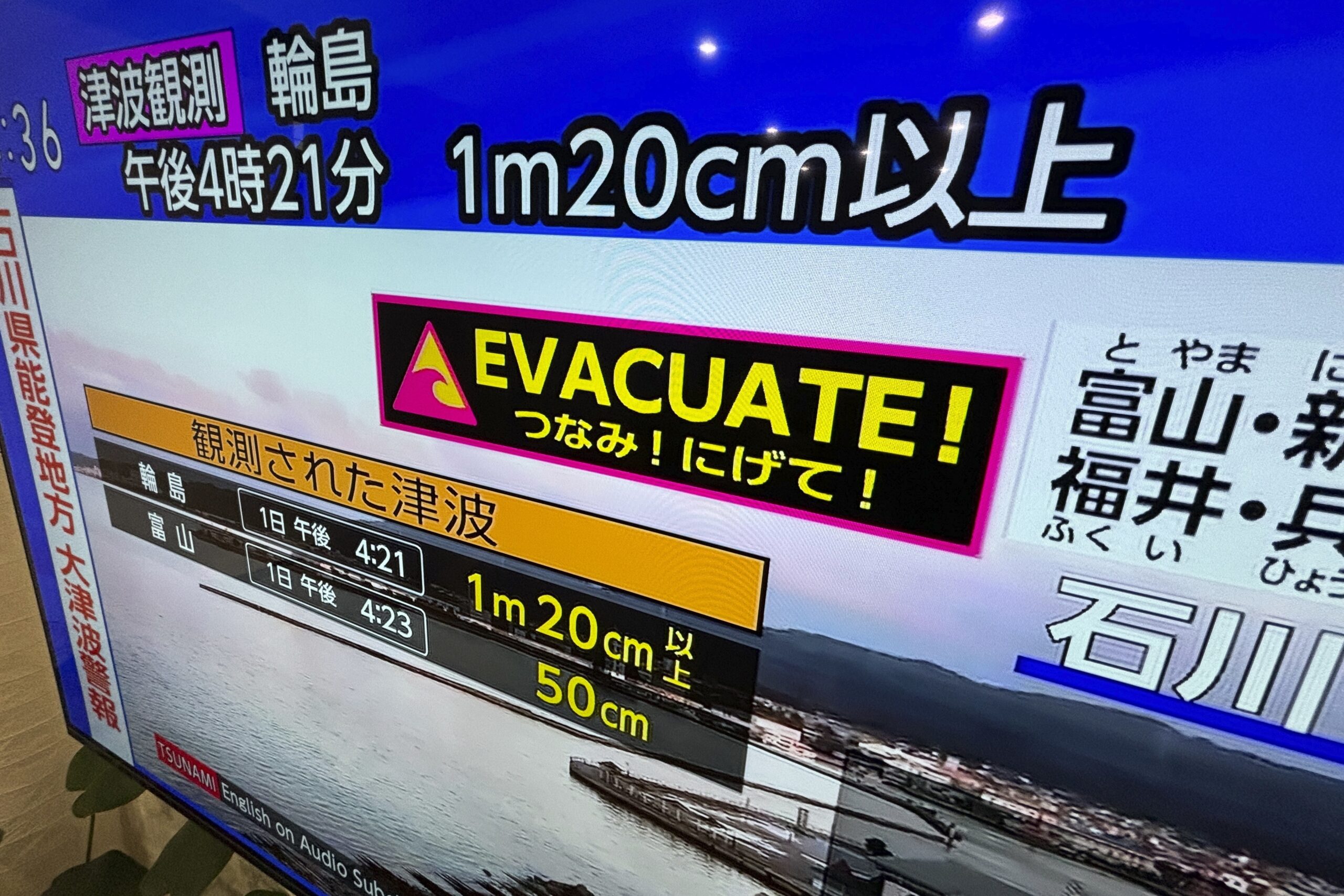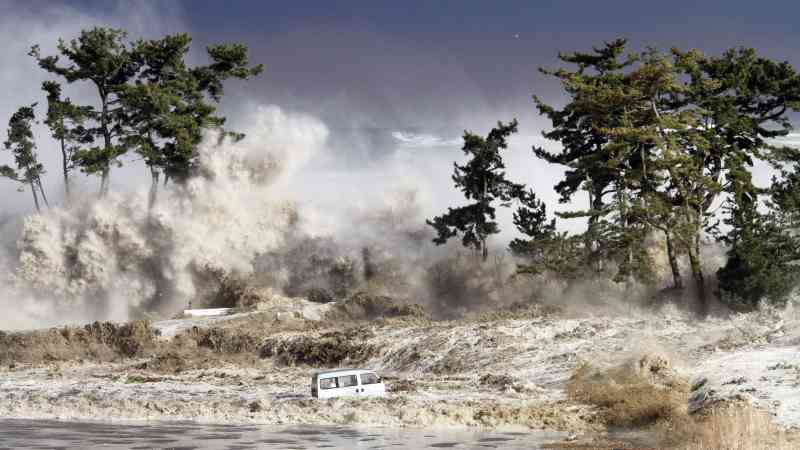How undersea cables could warn of tsunamis and save lives
There is a period between an earthquake happening and a tsunami striking, when no one knows what is coming. Deep beneath the ocean the plates crunch and seismic waves speed across the ocean floor — unnoticed, unmonitored.
For precious minutes, until those seismic waves are seen by humans, there is no warning of the far more damaging water waves that often follow.
What, though, if there was a way of spotting earthquakes far sooner — using existing infrastructure — and so giving more time to evade potential tsunamis? That is the scheme being trialled in New Zealand in a collaboration with UK scientists who believe that undersea cables could be harnessed as seismographs.
Giuseppe Marra, from the UK’s National Physical Laboratory, said: “If you know that a tsunami is coming a bit earlier, shaving anything from seconds to minutes is absolutely crucial in terms of what it will cost the population … But we have hardly any permanent sensors on the seafloor. There is a huge gap in data.”
While much of the ocean lacks seismic monitoring, that does not mean that it lacks human technology. Criss-crossing the seafloor are optical fibre cables, transmitting communications between continents. When an earthquake occurs in the ocean, the vibrations from it pass over these cables, deforming them.
In a prototype trial in the Atlantic, Marra and his colleagues have already shown that these cables can be repurposed as monitoring devices. The scientists can use the time and position that deformations appear on the cable to help triangulate an epicentre.

The technique relies on a quirk of the cables’ design. Every 50km or so they have “repeaters” that amplify the signal. When light passes through these, a very small fraction is purposely sent bouncing back along a parallel optical fibre in the other direction to enable checks of how well the repeaters are working.
By sending out a near-infrared laser signal — which can travel alongside the normal communications — the researchers showed in a paper in the journal Science that they are able to pick up its faint return, and so measure how long it takes to travel on a loop to each repeater and back. If the time for a loop changes, it tells them not only that the cable has been deformed, but in which section.
The advantage of this is obvious, said Marra. “If you were to implement this technology in cables around the world, you could essentially go from just a handful of permanent sensors now to potentially thousands and thousands,” he added.
A collaboration with New Zealand, announced on Tuesday by Andrew Griffith, the UK science minister, will explore if this is possible in one of the world’s most seismically active regions, the Pacific.
At a meeting of science ministers from across the Organisation for Economic Co-operation and Development (OECD) in Paris, Griffith said that this would be a proving ground for the British-pioneered technology.
“Clearly New Zealand have got an awful lot of seismology expertise,” he said. “If it works there, then globally, there is a whole string bag of optical fibres linking the planet.”
Exploiting such a network could improve our understanding of undersea geophysics, and potentially even currents. But, he said, the obvious first application was tsunami warning — where even a small advantage can make the difference. He added: “When a tsunami is heading your way, you know, time is life and time is money.”




Post Comment